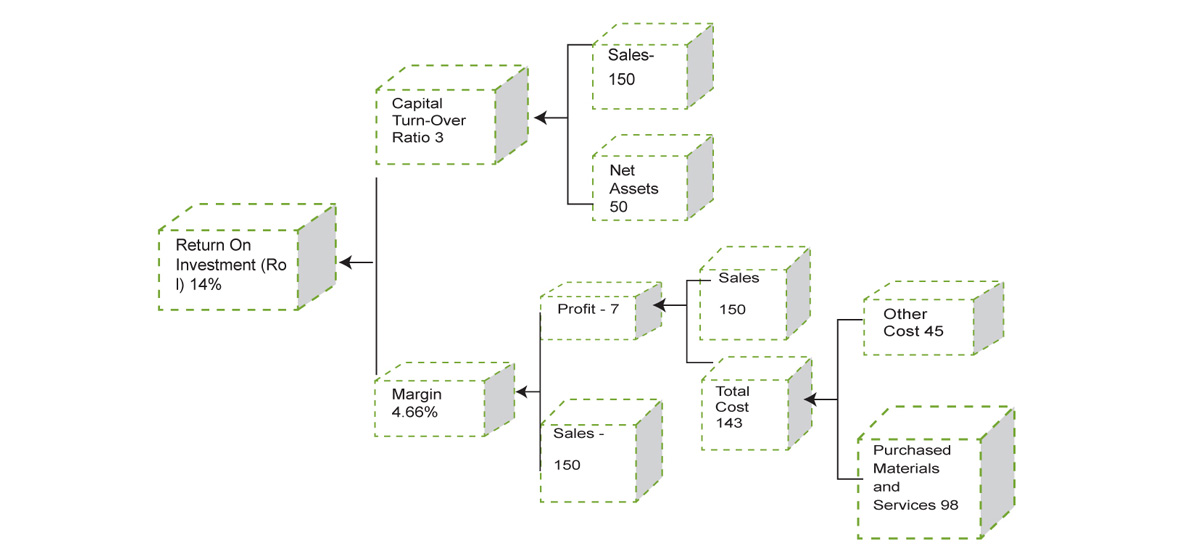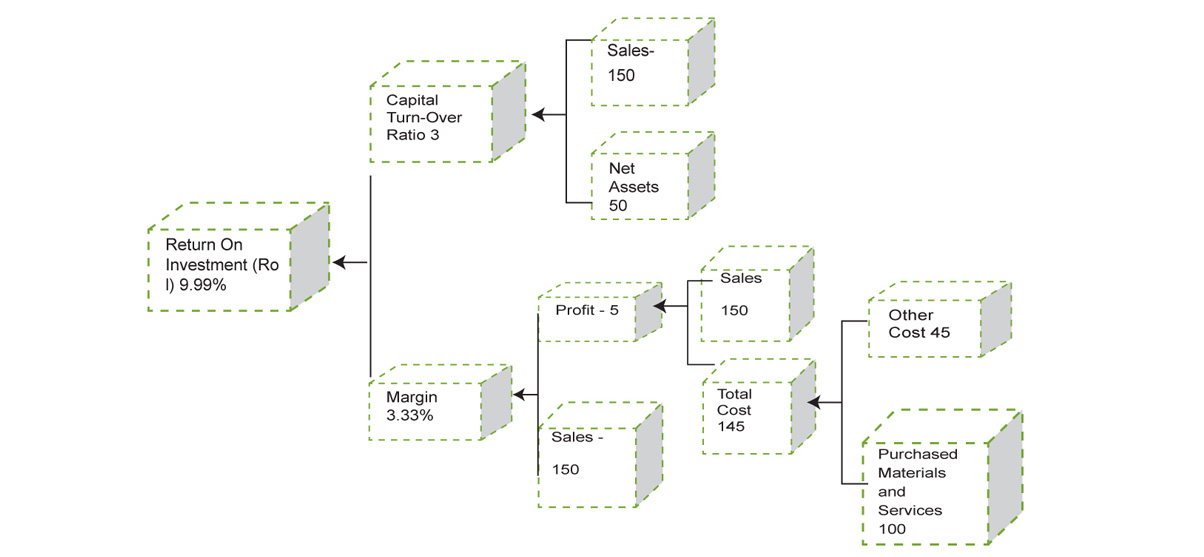A value chain as was termed by Michael Porter is a chain of activities that a firm operating in a specific industry performs in order to deliver a valuable product or service for the market.
The form of value chain as adapted within the complex framework of the Healthcare domain and coined by the Wharton School of Management is called the Healthcare Value Chain and consists of the following actors - Payers, Fiscal Intermediaries, Providers, Purchasers and Producers.
Fig. 1: Healthcare Value Chain
The actors who play the roles of the Payers, Fiscal Intermediaries, Providers, Purchasers or Producers vary based on the context of the healthcare system of the country.
Physical chains are only as strong as their weakest link and its reach is limited to as far as they stay connected. In fact any Value/Supply Chain consists of 3 critical flows and they are: money, information and products, be it from ship to shop or cow to customer or healthcare to a patient. The actors cannot afford to work in a silo-ed mentality and there has been an increase in collaborative long term partnerships, contracts with local product manufacturers, knowledge sharing and inter-firm trust to have a win-win situation. Hence the integration of the actors in the Healthcare Value Chain is the prescribed path for the future to contain spiraling healthcare costs around the world.
The effects of improved efficiency in the Supply Chain of a Hospital:
Hospitals, as part of the Healthcare Value Chain are world over caught in a dichotomous situation, contain or reduce costs and improve patient outcomes at the same time. Amongst the total cost components in a hospital, the largest cost driver is the cost of labor and not far behind, at 25-30% of the total costs, is the cost of supplies/material. So hospitals today are not only scrambling to hire the best clinically trained surgeons, physicians, nurses or technicians alone, but also the best Purchasing/Materials managers and Hospital Information Systems/Hospital Management Software in the business.
The effects of improving the Supply Chain process in a hospital cannot be undermined and the overstocking of supplies, poor purchasing strategies, stock-outs of vital drugs can be a costly affair. In fact materials management practices and the use of Information Systems are finding its way from the other sectors especially from retail to the healthcare sector.
Let me quote an example to further emphasize the effect that an improved Supply Chain can have on the overall Organization on reducing costs in a hospital. Imagine if a fairy was to give you a wish: Either: Increase of revenues of 10,000 Or: Decrease in supply cost of 10,000. I would have instantly licked my lips at the thought of choosing Option 1, but very often we forget that an increase in revenues is generally accompanied with the increase of costs due to the additional services rendered. If the assumption would be that the lower supply costs may be achieved at no decrease in quality/services and lower revenues the leveraged effect would be as follows:

As can be seen from the result, the effect in case of selecting Wish 2, is a profitable increase of 4 times over selecting Wish 1.
Let me take another example, which shows how a reduction in Material Costs by 2% points can have a leveraged improvement on Return on Investment from 9.99% to 14%, which is a 40% increase.

Figure 1: Ratios showing the effect of reduced costs on Return on Investment.

Figure 2: Ratios showing the effect of reduced costs on Return on Investment.
Figure 2 shows how Purchased Material Costs when reduced by 2% points reduces the total costs, which in turn which improves the margin% from 3.33 to 4.66% and hence the increase ROI.